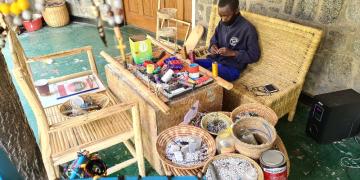Multi-sectoral network building for monitoring wildlife diseases for One Health
Supporting Skills Development for Surveillance and Monitoring of Wildlife Disease
Technology for Wildlife Surveillance Data Collection, Sharing and Management
Effective One Health Response and Interventions to Wildlife Events
